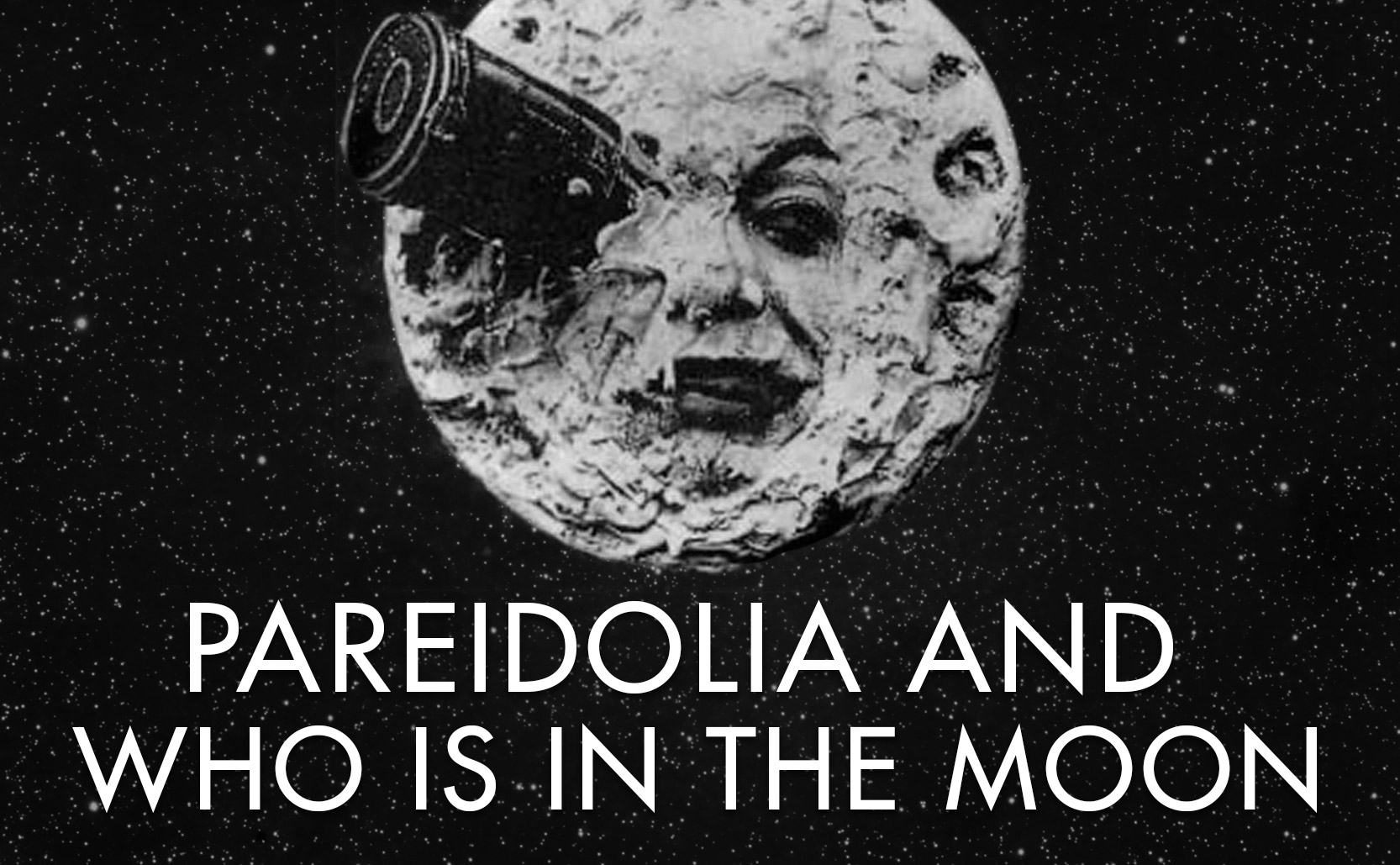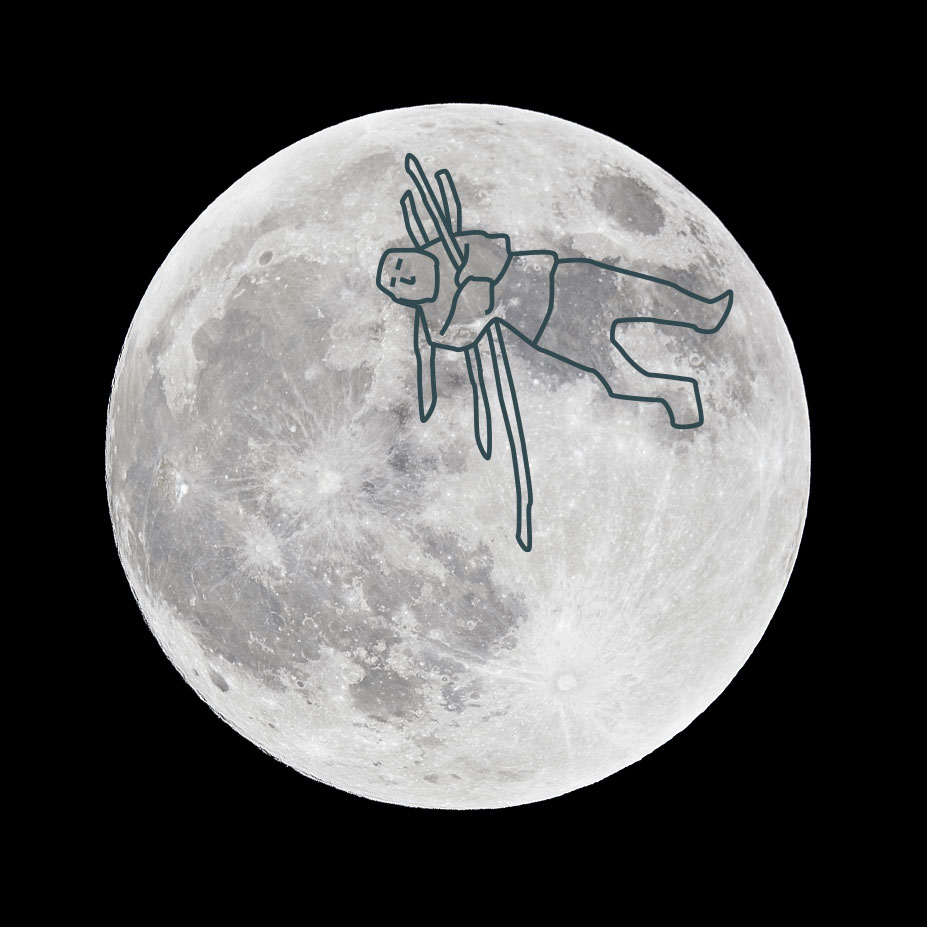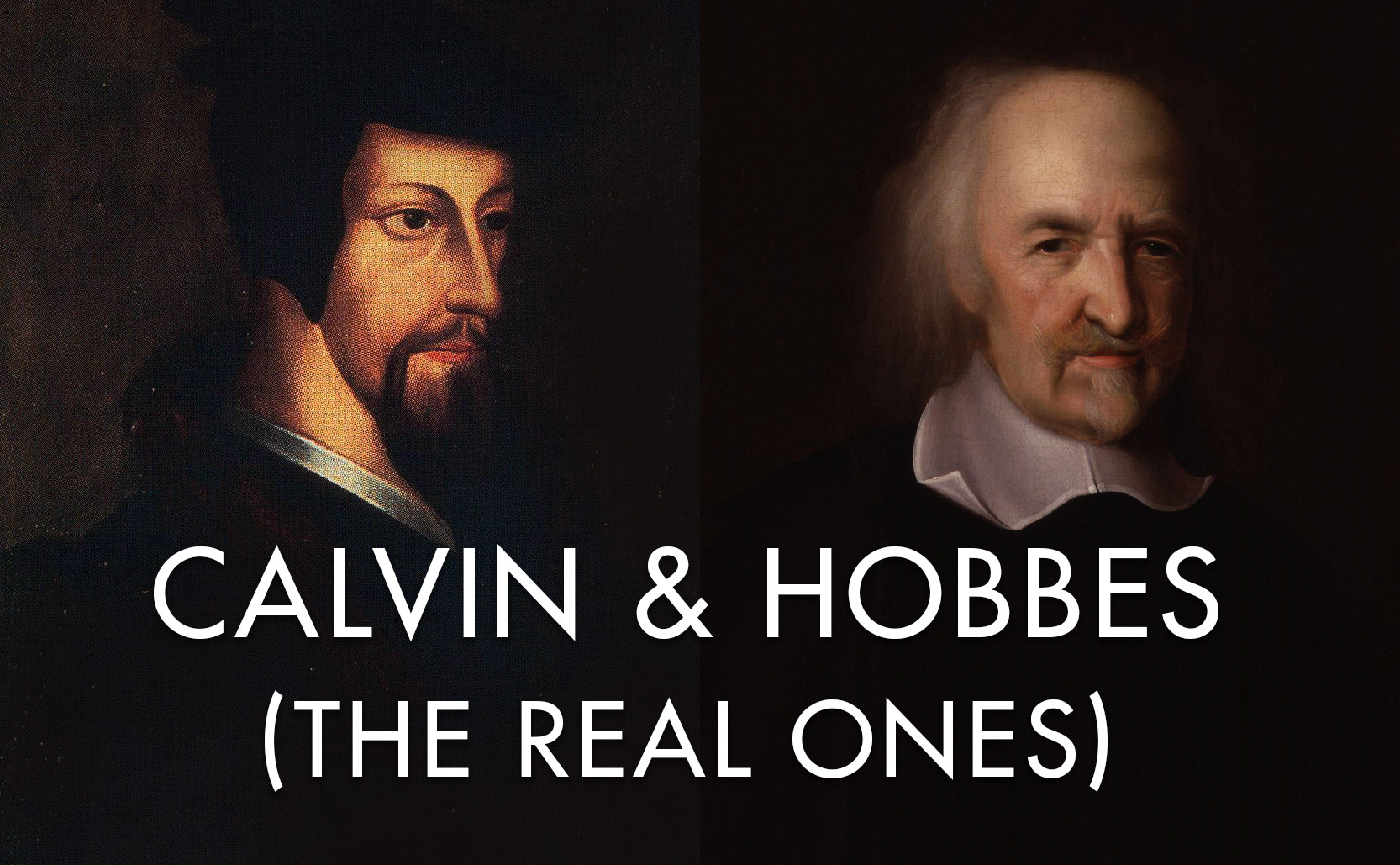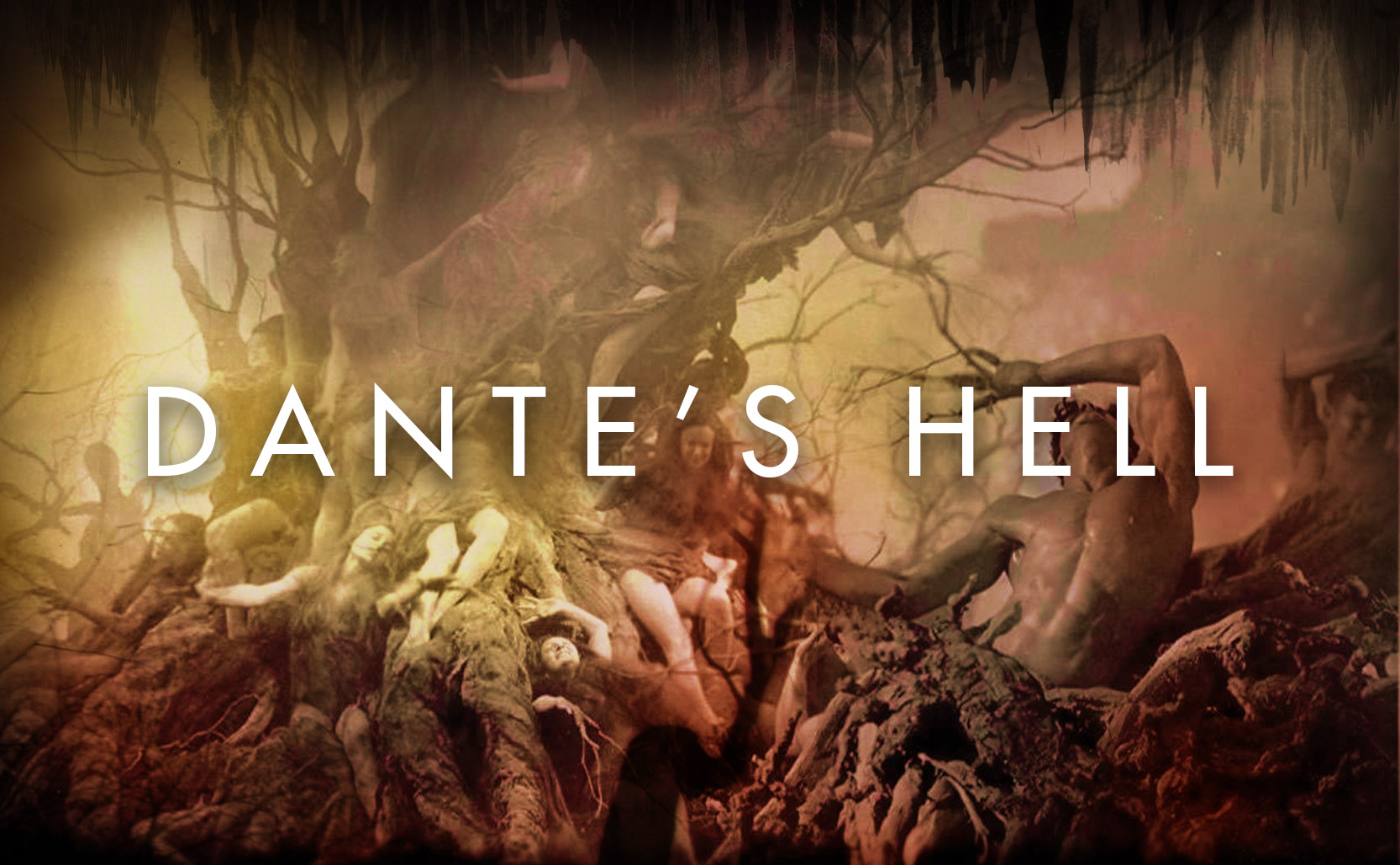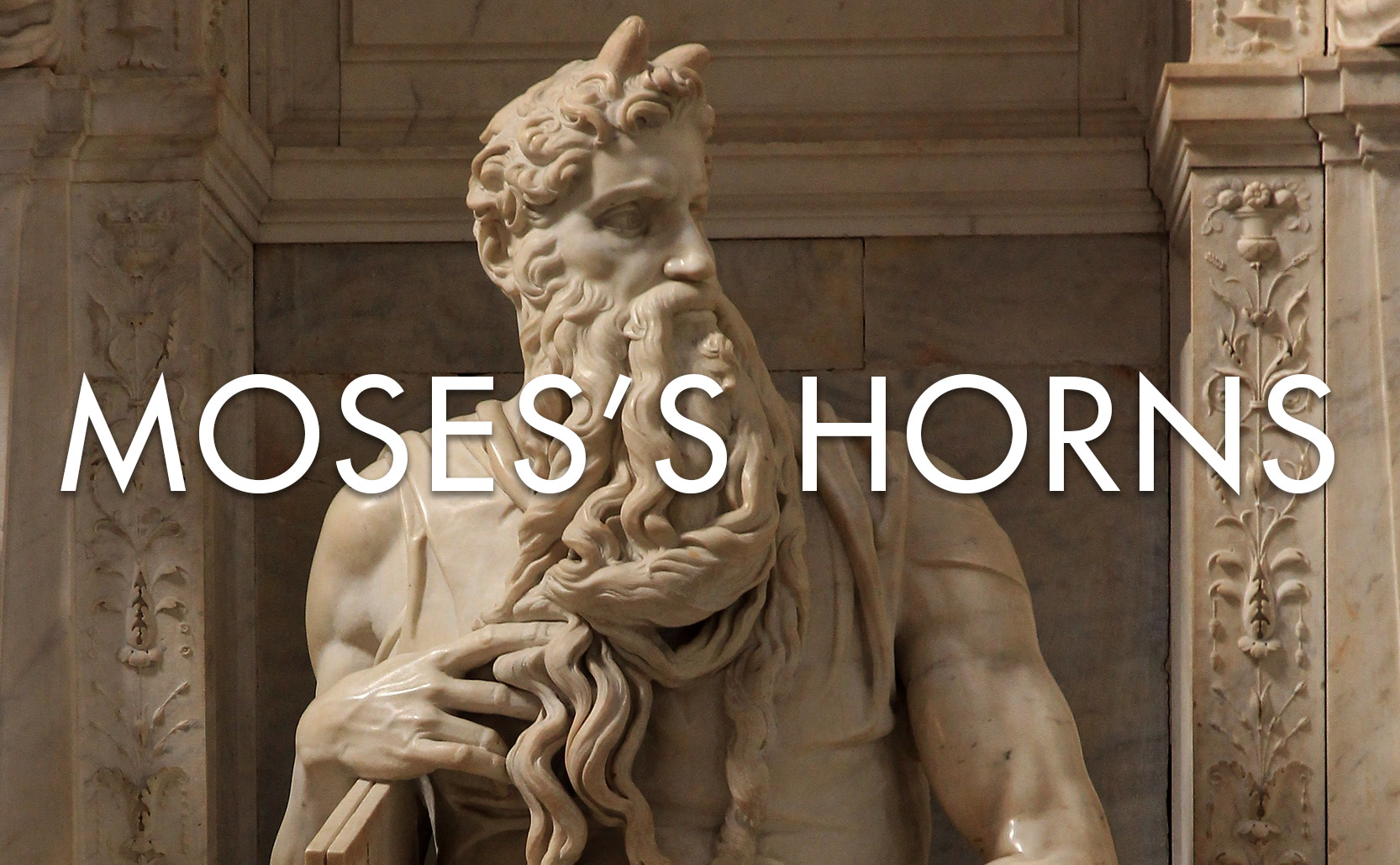The Rod of Asclepius vs the Caduceus
Often confused, the one without wings is the medical symbol.
the Rod of Asclepius
The Greek god Asclepius was the son of Apollo and became the god of healing/medicine. There are a host of legends about his medical powers – from his ability to heal the sick to his learning how to resurrect the dead. The most recognizable element of the Asclepius story though is his serpent-entwined staff.

The Rod of Asclepius is a wooden staff with a single snake coiled around it. Like Asclepius himself, there isn’t one consistent story explaining the snake. In one version a snake taught Asclepius the secrets of medicine, in another he watched one snake use herbs to revive another snake, etc. Over time the Greek association of medicine with snakes became intertwined (not unlike the Rod of Asclepius). Temples to Asclepius served as centers of healing, and given his association with snakes, non-venomous snakes were welcome. Snakes would crawl over patients’ beds and had free-reign of the buildings – Indiana Jones’ worst nightmare.
Over the millennia the Rod of Asclepius became an international symbol of healing & medicine. You can find it in the logo of the World Health Organization, a whole host of national medical associations, and on the side of ambulances everywhere … unless someone has accidentally used the caduceus instead.

The Caduceus
From the son of Apollo to the brother of Apollo, Hermes was the Greek messenger god who moved between worlds. After generously giving Apollo his tortoise shell lyre, Apollo returned the favor by gifting Hermes his wand / staff. This wand is known as the caduceus which has two snakes entwined around the wand with a set of wings at the top.
The image of a double snake wand is not unique to the Greeks. The caduceus has origins in ancient Mesopotamia going back to at least 3,000 BCE. Hermes isn’t even the only Greek messenger god to carry one – the goddess Iris also carries a caduceus. Like the Rod of Asclepius, there isn’t just one Greek explanation for the origin or meaning of the wand. One story says that Hermes saw two snakes fighting and he used his wand to break up the fight (and they became entwined around the wand). From this the caduceus has come to represent peace but it also represents trade as Hermes was the god of (among other things) commerce, cunning, and thieves. One thing it does not represent is medicine.
The Confusion
One reason for the confusion between these two symbols is they (more or less) look similar. Further, there is nothing about the Rod of Asclepius that looks particularly medical so it’s easy to forget which is which.
One of the biggest sources of confusion in the United States is the Army Medical Department (AMEDD). For some branch insignias the AMEDD uses the Rod of Asclepius but for others it uses the Caduceus (despite the caduceus having nothing to do with medicine). The Army mistakenly used the caduceus in 1851 and the mistake spread to other branches. At this point they are well aware they’re using the wrong symbol but won’t change.
Today it’s not uncommon to find the caduceus mistakenly on the labels of products that want to look more authoritatively medical, purely as a marketing tactic. Maybe using the symbol for commerce as a manipulative way to generate sales isn’t entirely a mistake.
Added info: perhaps at some point in the future the confusion will be sorted out but, if Starfleet Medical is any indication, the problem will persist until at least the 22nd century.



